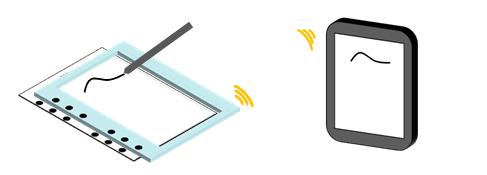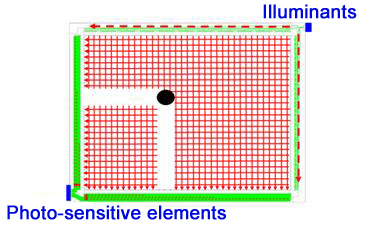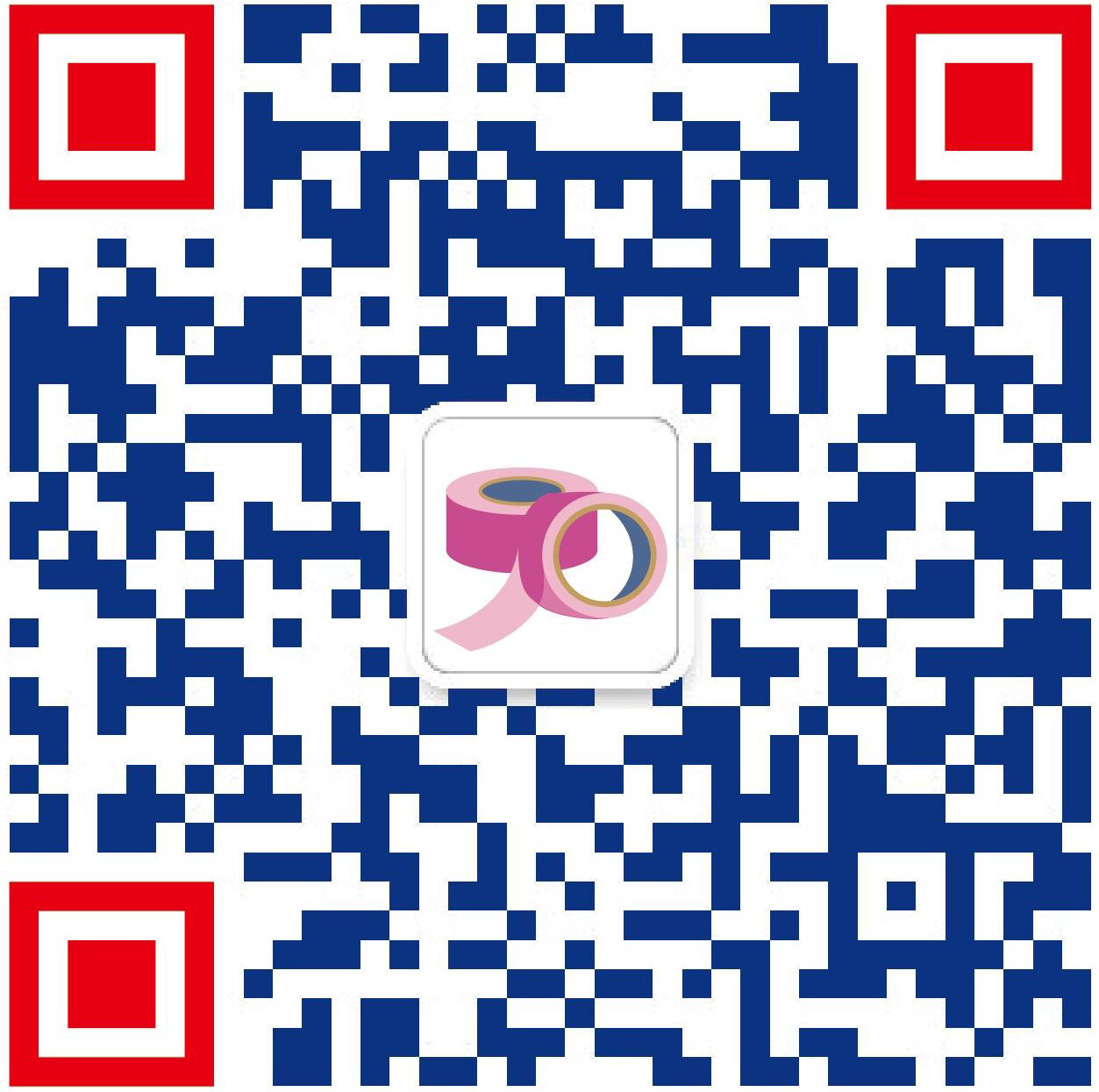日东
-
产品信息
close
- 市场
-
关于我们
close
-
可持续发展
close
- In Focus
- 环境活动
- 社会关系
-
Corporate Governance
- Our Basic Views on Corporate Governance
- Corporate Governance System
- Policies related to the Board of Directors (members) and the Board of Corporate Auditors (members)
- Policies Related to Constructive Dialogue with Shareholders
- Basic Approaches to Cross-Shareholdings
- Corporate Governance Report
- Nitto Group Business Conduct Guidelines
- Risk Management
- Compliance
-
Nitto Group Integrated
Report
- 外部评估/认证获得情况
- GRI Content Index
- 研发
-
投资者关系
close
- 人才招聘











